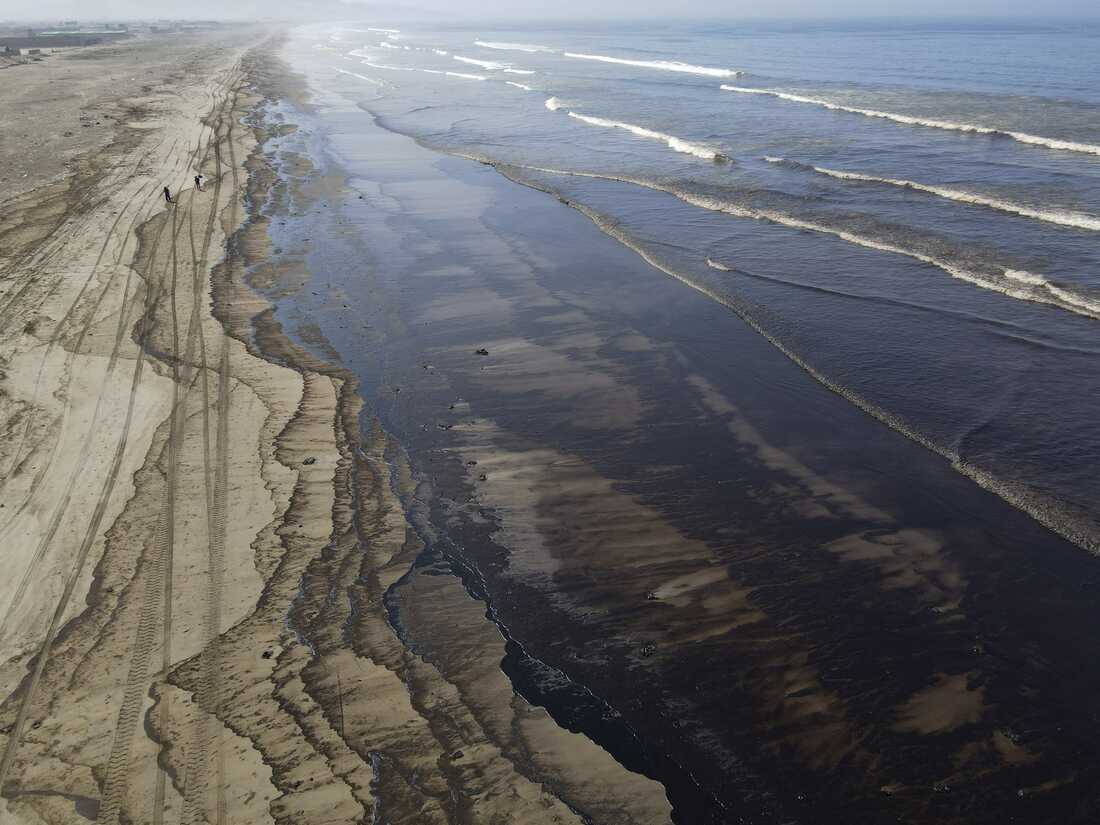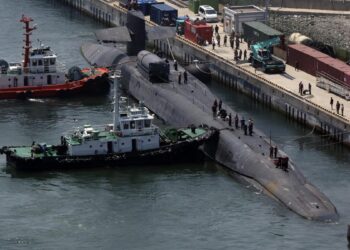On January 22, 2022, after an oil spill on the beaches of northern Lima (the capital of Peru), the Peruvian government declared an “Environmental Emergency” in the state. It is the first country in the world to declare an environmental emergency. This will last for 3 months, which is 90 days. The coast areas near the affected beaches are being evaluated for water body cleaning.
An oil spill refers to any uncontrolled release of crude oil, gasoline, fuels, or other oil by-products into the environment. Oil spills can pollute land, air, or water, though it is mostly used for oceanic oil spills. The spill has affected the beaches of Costa Azul, Ventanilla, Cavero, and Playa Grande, among others, as well as 512 hectares in the Guano Islands, Islets, and Capes National Reserve System, and 1,758 hectares in the Ancon Reserved Zone.
What Caused the Oil Spill Near Lima, Peru?
There are two types of wave heights, one is significant wave heights and the other is a freak wave. Freak waves are higher than the former ones and are more destructive. On January 15, the freak waves emerged from an undersea volcano eruption near the nation of Tonga, unleashing tsunami waves around the Pacific and as far away as the United States.

A crew of the Spanish energy firm, Repsol, was floating near the capital of Peru, Lima, during the freak waves. The crew had oil containers, and we were not informed of any such environmental issue. As the wave struck, the oil spilt off the crew and polluted the water body. The incident occurred at the La Pampilla refinery, some 30 kilometres (around 19 miles) north of the Peruvian capital of Lima in the Ventanilla district of the port city of Callao.
Repsol said that 2,384 cubic metres (84,190 cubic feet) of land had been affected by the spill.
Peruvian Government
The government is demanding payment of damages from the Spanish energy giant Repsol which owns the refinery. On the contrary, the firm has denied compensating but rather promised to provide 1.5k of the workforce to clean the water body. Government officials didn’t accept this counteroffer, and hence legal issues are building up. This may even drive the two countries’ relationships.

Peruvian legal authorities said that they were investigating the spill as a potential environmental pollution crime. The resolution was approved by Minister of the Environment Ruben Ramirez, who heads the Environmental Crisis Committee that is trying to mitigate the effects of the oil spill.
The Consequences of an Oil Spill
When a coastal area witnesses an oil spill, its beaches are fouled with oil odour, causing the major following problems; tourism, respiratory problems, disorders, change in the air composition of the area, loss of marine life hence causing a shortage of seafood, affecting the coastal population—people in Lima were evaluated, a dangerous condition for marine life- Hypothermia. One of the major risks is water table contamination. It will take years to clean the water table if leakage occurs and oil gets contaminated with clean drinking water.
India’s Concern over Oil Spills
Even though India has a low-risk level of Oil spill crisis, this was discussed a few years ago. In 1996, the government developed a National Oil Spill Disaster Contingency Plan and the Indian Coast Guard looks after the administration. In 2006, the Ministry of Defence updated this plan.
Also Checkout: “It’s time to go home” for the protesters in Ottawa
















